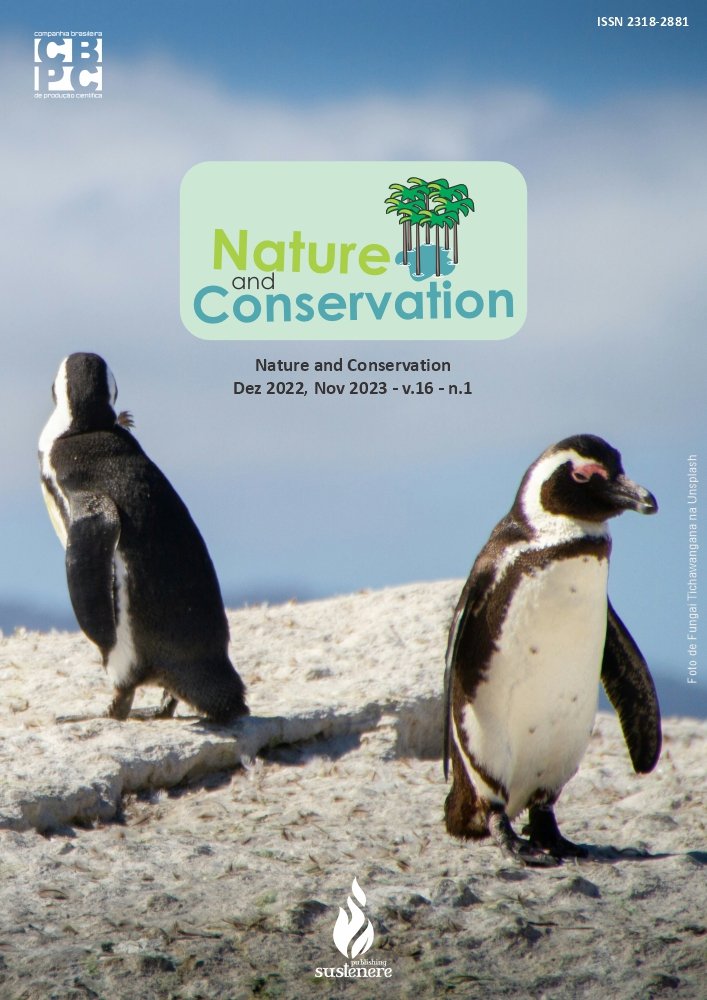Definition of hotspots and mitigation strategies for running wild vertebrate animals
DOI:
https://doi.org/10.6008/CBPC2179-6858.2022.008.0016Keywords:
Aggregation, Road ecology, RoadkillAbstract
The roads are important to promote the interconnection between places and people, however they cause environmental impacts, among them the trampling of wild fauna and consequently the loss of biodiversity. This work aims to estimate roadkill rates, survey the aggregation points of roadkills (hotspots) for wild vertebrate animals and propose measures to mitigate roadkills. The animals that were run over were collected by means of displacement by vehicle with an average of 50 km/h and on foot on two paved roads, between August 2019 and March 2020. 423 wild vertebrate animals were recorded, belonging to 46 species. The roadkill rates for stretch 01 were 0.1976 ind./km/day by vehicle and 1.4115 ind./km/day on foot and for stretch 02 0.0737 ind./km/day by vehicle and 0.4761 ind./km/day on foot. Rhinella jimi was the species with the highest roadkill rate for both methods and stretches. Hotspots were indicated for the most run over species, as well as measures to mitigate the death of individuals of these species. The construction or adaptation of existing structures that allow species such as Cerdocyon thous, Didelphis albiventris and R. jimi to cross roads and the development of environmental awareness campaigns for the prevention of trampling by species such as Mesoclemmys tuberculata, are fundamental for the mitigation of pedestrian accidents. of wild vertebrate animals in the region.
Downloads
Downloads
Published
Issue
Section
License
Copyright (c) 2023 Ibero-American Journal of Environmental Sciences

This work is licensed under a Creative Commons Attribution-NonCommercial-NoDerivatives 4.0 International License.
The CBPC - Companhia Brasileira de Produção Científica (Brazil CNPJ: 11.221.422/0001-03) the material rights of the published works. The rights relate to the publication of the work anywhere in the world, including rights to renewals, expansions and dissemination of the contribution, as well as other subsidiary rights. All electronically published works may subsequently be published in printed collections under the coordination of this company and / or its partners. The authors preserve the copyright, but are not allowed to publish the contribution in another medium, printed or digital, in Portuguese or in translation.









